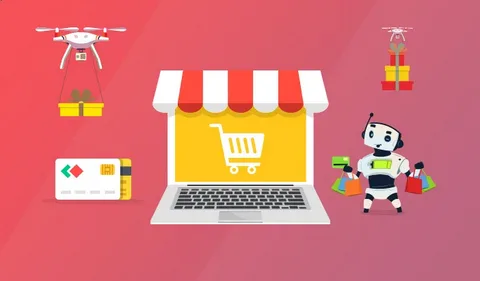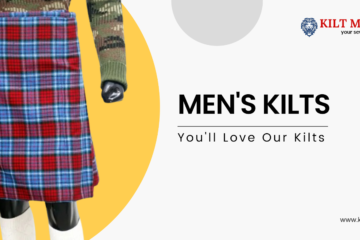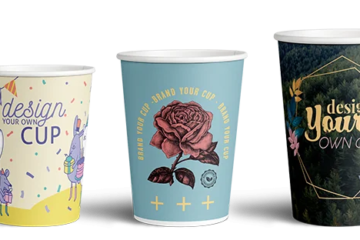Consumer behavior, technological advancements, and user experience drive the accelerated pace of the e-commerce web design landscape as we approach 2025 and beyond. In this article, we’ll examine the key trends determining the future of e-commerce web design and what they mean for businesses trying to keep up with the competitive online retail scene.
- Mobile-First Design Approach
Mobile device shopping continues to dominate, with mobile devices expected to account for over half of all e-commerce sales by the end of 2024. Therefore, we have to adopt a mobile-first design attitude that first implements a responsive layout, touch-friendly interface, and smooth navigation for small screens.
- Key considerations for mobile-first design include:
- Working on web design that is responsive across all devices.
- User interface elements that are touch-friendly.
- Small screens proper layout hierarchy
- Content formats that are mobile-optimized
- Immersive and Interactive Experiences
With the growing technology, e-commerce websites have been moving toward increasingly immersive and interactive experiences to engage users and promote products effectively.
a) Augmented Reality (AR) and Virtual Reality (VR):
AR and VR technologies are helping reshape the customer experience of products online. Shops powered by these technologies allow shoppers to visualize items in their own space, as well as virtual showrooms, lowering return rates and customer satisfaction.
b) 3D Product Visualization:
Customers can view products from multiple angles, zoom in on details, and even choose features via advanced 3D modeling technologies.
c) Video Integration:
In e-commerce design, video content is becoming increasingly important — from product demonstrations to 360 viewing to the live stream. It also assists in closing the gap between online and in-store shopping experiences.
- AI-Driven Personalization
Artificial intelligence is revolutionizing e-commerce, which has given rise to hyper-personalized shopping. Whenever you buy something online, AI algorithms analyze your user behavior, preferences, and purchase history to offer dynamic pricing strategies, product recommendations, and personalized search results.
As far as businesses are concerned, if they are making a move to implement such complex features and still want to keep the costs on the down low, then they can opt for the option that includes an affordable eCommerce services provider like Five Up Tech. They are the ones with expertise in integrating AI-driven solutions, adding a bow to the top line without hitting the bottom line.
- Minimalist and Clean Aesthetics
Minimalist design remains a trend in e-commerce. Websites have clean layouts, plenty of white space, and simple navigation. In addition to looking for a premium product, this method increases usability and loading speeds—essential factors when providing a good UX and for search engine optimization.
Key elements of minimalist e-commerce design include:
- Limited color palettes
- High-quality product images.
- Simple, sans-serif fonts
- Streamlined product pages
5. Sustainable and Ethical Design
With the rise of the conscious consumer, eco-friendly design has started to appear on e-commerce websites. This includes eco-friendly color schemes, showcasing packaging that is made from sustainable products and touting your brand’s commitment to ethical practices.
6. Voice Search Optimization
As smart speakers and voice assistants become increasingly popular, targeting them with voice searches has become even more important. This can either mean structuring content to answer common voice queries or making product information readily available via voice commands.
7. Headless Commerce Architecture
Headless commerce is picking up steam as the front-end presentation and back-end functions are decoupled. This approach provides increased flexibility for design and enables businesses to serve content to multiple devices or platforms without hassle.
8. Enhanced Security and Privacy Measures
Since there are still so many online transactions, robust security measures and transparent privacy policies are important to e-commerce web design. A few features to build customer trust are prominent security badges, clear privacy statement, and a secure check out process.
Micro-Interactions and Smooth Transitions
In addition, we develop subtle animations, micro-interactions, and smooth page transitions to improve user engagement and create a more dynamic browsing experience. These can guide users through the shopping process and give visual feedback on their actions.
Data Visualization for Product Comparisons:
Customers are being assisted in comparing products better using advanced data visualization techniques. E-commerce design includes interactive charts, graphs, and comparison tools.
Table: How E-Commerce Design Trends are Impacted on Key Metrics
| Design Trend | Avg. Increase in Conversion Rate | Avg. Decrease in Bounce Rate |
| Mobile-First Design | 15-20% | 25-30% |
| AR/VR Integration | 30-35% | 20-25% |
| AI Personalization | 25-30% | 15-20% |
| Minimalist Design | 10-15% | 10-15% |
| Voice Search Optimization | 5-10% | 5-10% |
Final Thoughts
Working hard to keep ahead of these trends is key for online businesses that want to succeed in e-commerce. Suppose the companies search for advanced features to launch on their e-commerce journey while keeping costs. In that case, it is wise to partner with an affordable online website company like Five Up Tech that can offer world-class expertise to design the best of e-commerce experience.
Finally, the future of e-commerce website design focuses on building engaging, personalized, and user-friendly ones that amazingly combine advanced technology with beauty. Trends such as these can be embraced by businesses and worked with true internet marketing company to create e-commerce platforms that not only withstand but more importantly, meet and exceed the expectations of modern consumers and, ultimately, generate engagement and foster loyalty and sales.




